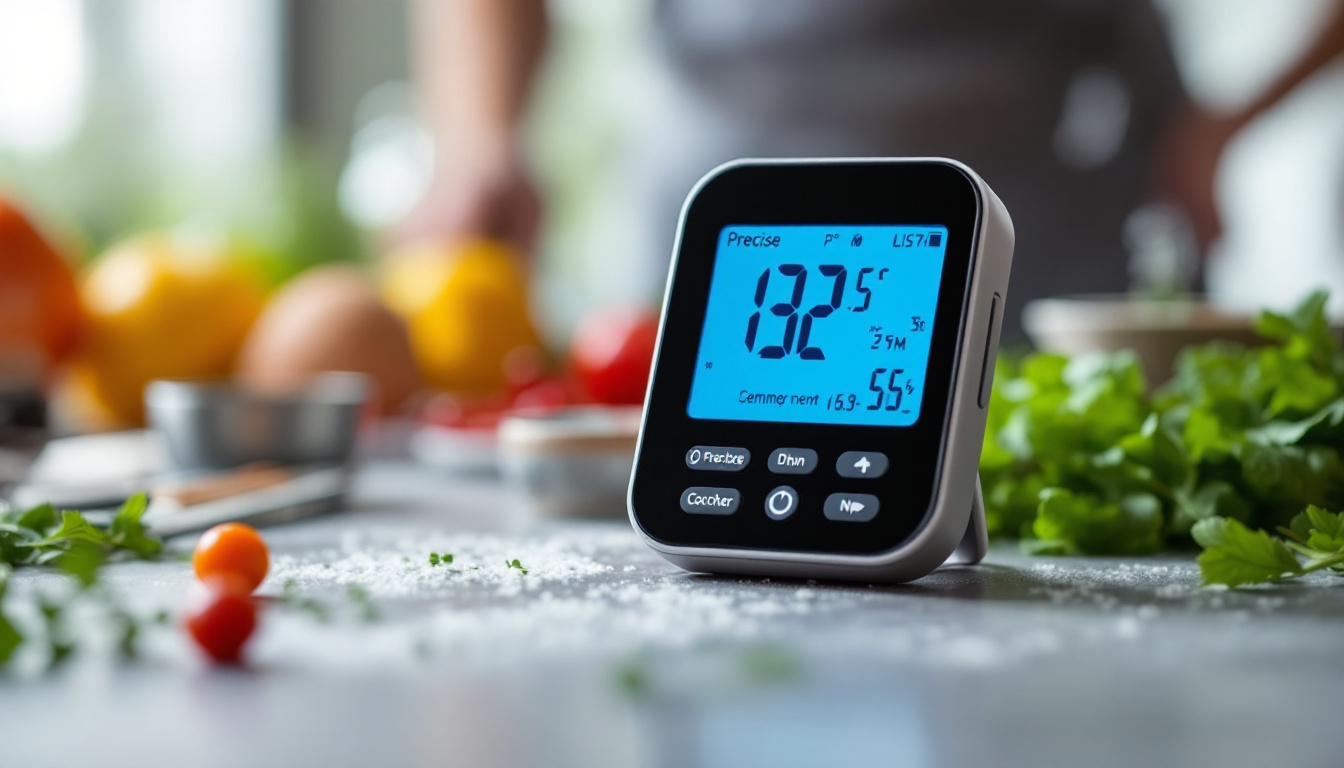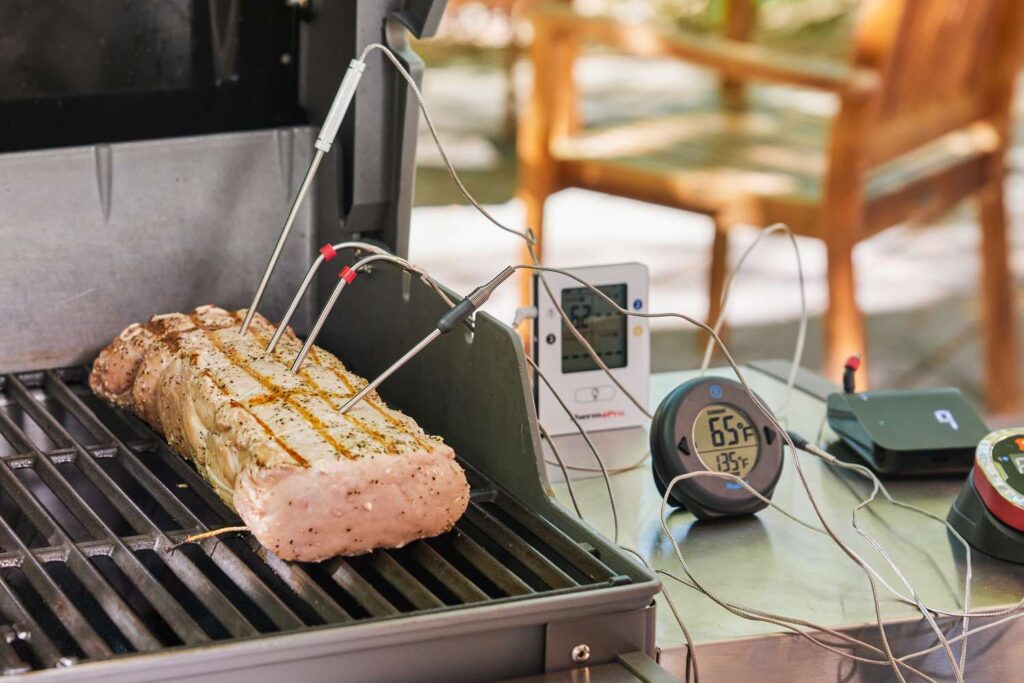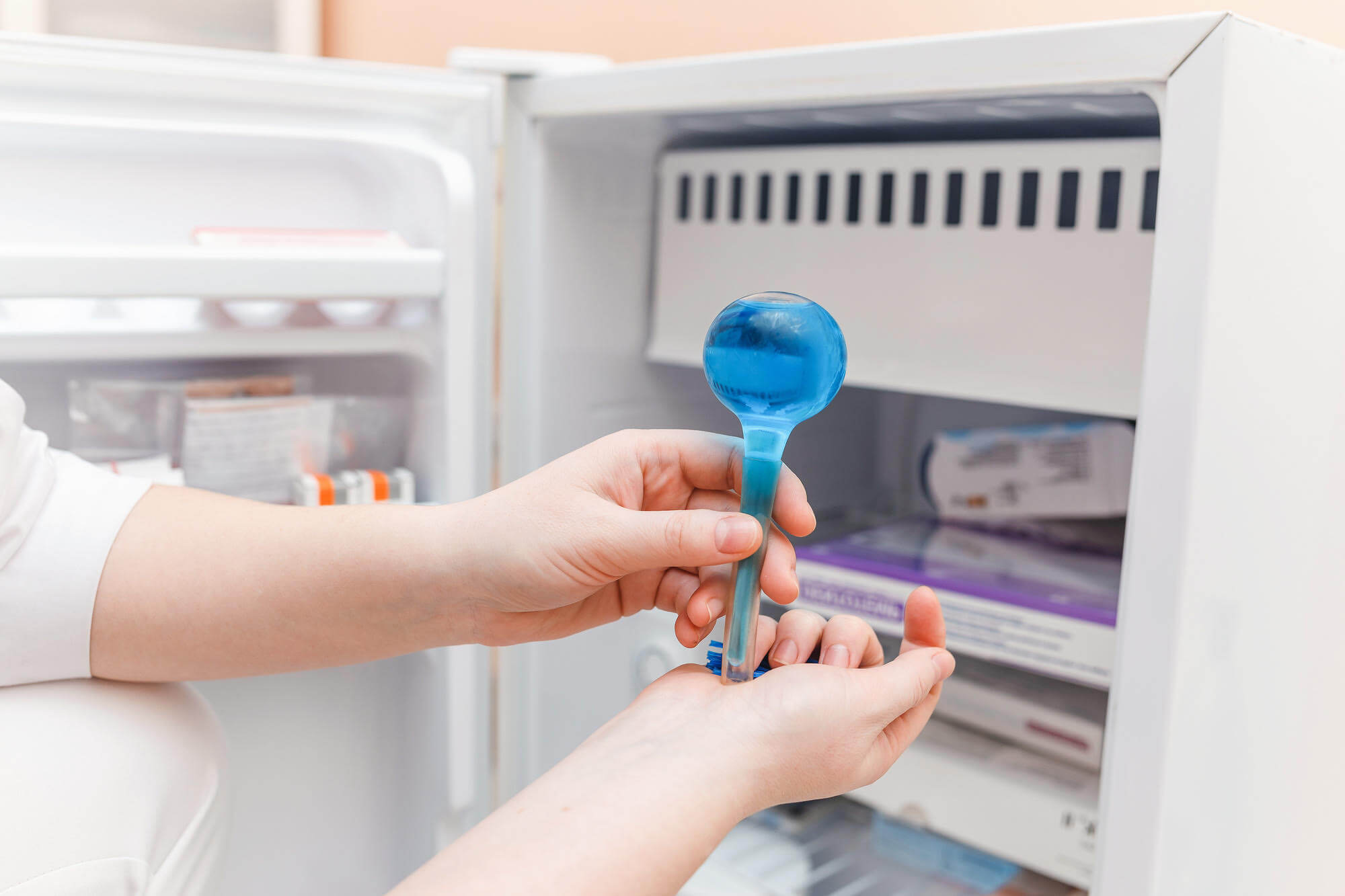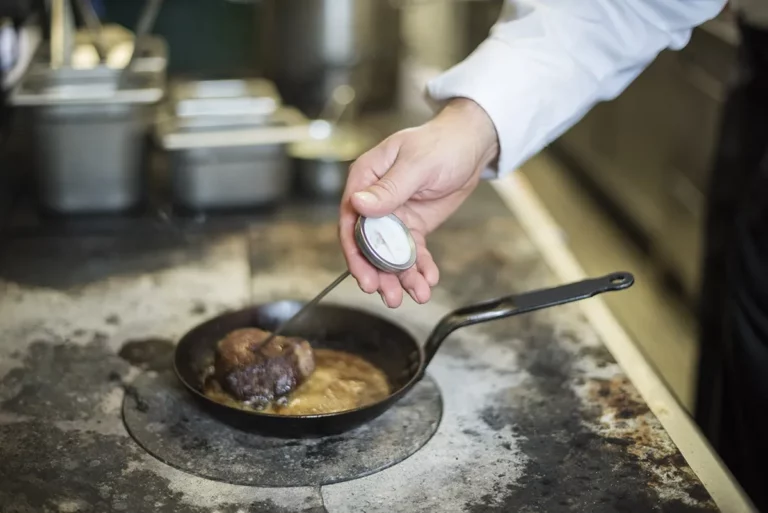In the culinary world, maintaining the right temperature is crucial for both food safety and quality. Whether you run a bustling restaurant or simply enjoy cooking at home, understanding the importance of effective temperature monitoring solutions can significantly enhance your kitchen operations. This article delves into the various options available, helping you make an informed choice that suits your specific needs.
Understanding the Importance of Temperature Monitoring
Temperature monitoring is not merely a matter of convenience; it is a fundamental aspect of food safety. The risk of foodborne illnesses increases when food is stored or cooked at improper temperatures. Monitoring temperature ensures that food remains within safe limits, thereby protecting consumers and maintaining the integrity of culinary creations.
Choosing the right temperature monitoring solutions for your kitchen is a critical decision that impacts food safety, quality, and overall efficiency. By understanding the various types of monitoring tools available, considering key factors, and implementing effective protocols, kitchens can create a safe and productive environment for food preparation.

The Risks of Improper Temperature Control
Improper temperature control can lead to the growth of harmful bacteria, which thrive in certain temperature ranges. For instance, the “danger zone” for food is between 5°C and 60°C, where bacteria can multiply rapidly. Regularly monitoring temperatures helps mitigate these risks, ensuring that food is safe for consumption. Additionally, the consequences of neglecting temperature control can extend beyond health risks; they can also lead to significant financial losses for businesses due to spoilage and waste. In a world where food costs are constantly rising, maintaining strict temperature protocols is not just a health imperative but also a financial necessity.
Quality Assurance
In addition to safety, temperature monitoring plays a vital role in maintaining the quality of food. Different foods require specific temperatures for optimal flavour and texture. For example, meats need to be cooked to precise internal temperatures to achieve the desired doneness. By employing effective temperature monitoring solutions, chefs can guarantee consistency in their dishes, enhancing customer satisfaction. Furthermore, temperature control is crucial during the storage of perishable items, such as dairy and fresh produce, which can lose their nutritional value and taste if not kept at the right temperatures. This attention to detail not only elevates the dining experience but also fosters customer loyalty, as patrons are more likely to return to establishments that consistently deliver high-quality meals.
Types of Temperature Monitoring Solutions
With the advancement of technology, there are numerous temperature monitoring solutions available on the market. Understanding the various types can help you select the most suitable option for your kitchen environment.
Digital Thermometers
Digital thermometers are a popular choice for many kitchens due to their accuracy and ease of use. These devices provide quick readings, allowing chefs to monitor temperatures in real-time. They come in various forms, including probe thermometers for measuring internal temperatures of meats and infrared thermometers for surface temperatures.
When choosing a digital thermometer, consider features such as response time, accuracy, and whether it is waterproof. Many models also offer additional functionalities, such as alarms for temperature thresholds, making them even more convenient. Furthermore, the ease of calibration in some digital thermometers ensures that chefs can maintain their precision over time, which is crucial in a professional kitchen where every degree can make a difference in cooking outcomes. Learn more about thermometers at https://medlineplus.gov/ency/article/003400.htm
Wireless Temperature Sensors
Wireless temperature sensors represent a significant leap forward in monitoring technology. These devices can be placed throughout the kitchen or storage areas, providing continuous temperature readings that can be accessed remotely via a smartphone or computer. This feature is particularly beneficial for busy kitchens, allowing chefs to focus on cooking while keeping an eye on temperature fluctuations.
Moreover, many wireless sensors come equipped with alerts that notify users when temperatures fall outside of safe ranges. This proactive approach can prevent potential food safety issues before they arise, making it an invaluable tool for any kitchen. The integration of these sensors with kitchen management systems can also streamline operations, as they can automatically log data for analysis, helping to optimise energy use and reduce waste in the long run.

Data Loggers
For establishments that require meticulous record-keeping, data loggers are an ideal solution. These devices automatically record temperature readings over time, creating a comprehensive log that can be reviewed for compliance and quality assurance purposes. Data loggers can be particularly useful for kitchens that need to adhere to strict food safety regulations.
When selecting a data logger, consider factors such as memory capacity, battery life, and the ease of data retrieval. Some models offer USB connectivity for easy downloads, while others may provide cloud-based storage for remote access. Additionally, advanced data loggers can be programmed to generate reports automatically, which can save valuable time for kitchen staff and ensure that all necessary documentation is readily available for inspections or audits. This level of detail not only enhances operational efficiency but also fosters a culture of accountability and safety within the kitchen environment.
Factors to Consider When Choosing a Solution
Choosing the right temperature monitoring solution involves evaluating several factors to ensure it meets the specific needs of your kitchen. Here are some key considerations:
Size of the Kitchen
The size of your kitchen plays a significant role in determining the type of temperature monitoring solution you need. For smaller kitchens, a simple digital thermometer may suffice, while larger operations may require multiple sensors or data loggers to cover various areas effectively.
Type of Food Being Prepared
Different types of food require different monitoring approaches. For instance, if your kitchen focuses on meat dishes, investing in high-quality probe thermometers and wireless sensors may be essential. Conversely, if you primarily prepare baked goods, surface temperature monitoring might be more relevant. Understanding the specific needs of your menu will guide your choice.
Budget Considerations
While it is essential to invest in quality temperature monitoring solutions, budget constraints are a reality for many kitchens. Fortunately, there are options available across a range of price points. It is crucial to balance cost with functionality, ensuring you select a solution that meets your needs without compromising on quality.
Implementing Temperature Monitoring Solutions
Once you have selected the right temperature monitoring solution for your kitchen, the next step is implementation. Proper training and integration into daily operations are vital for maximising the benefits of these tools. To learn more about integration click here.
Training Staff
Ensuring that all kitchen staff are trained in using temperature monitoring devices is essential. This training should cover how to properly use the equipment, interpret readings, and respond to alerts. Regular refresher courses can help maintain a high level of awareness regarding food safety practices.
Establishing Protocols
Incorporating temperature monitoring into daily kitchen routines requires the establishment of clear protocols. This includes guidelines on when and how to check temperatures, as well as procedures for responding to temperature deviations. Having a structured approach ensures consistency and reinforces the importance of food safety.
Benefits of Effective Temperature Monitoring
The advantages of implementing effective temperature monitoring solutions extend beyond food safety and quality. Here are some additional benefits:
Enhanced Efficiency
By utilising technology to monitor temperatures, kitchen staff can focus on other critical tasks, improving overall efficiency. Wireless sensors and data loggers reduce the need for manual checks, allowing chefs to dedicate their time to food preparation and service.
Regulatory Compliance
For commercial kitchens, adhering to food safety regulations is paramount. Effective temperature monitoring solutions help ensure compliance with local health codes, reducing the risk of fines or penalties. Additionally, having a reliable record of temperature logs can provide peace of mind during health inspections.
Customer Trust
In an age where consumers are increasingly concerned about food safety, demonstrating a commitment to proper temperature monitoring can enhance customer trust. By prioritising food safety, kitchens can build a positive reputation, leading to increased customer loyalty and repeat business.
Conclusion
Investing in quality temperature monitoring solutions is not just about compliance; it is about fostering a culture of safety and excellence in the culinary arts. With the right tools in place, kitchens can focus on what they do best—creating delicious and safe meals for their customers.


